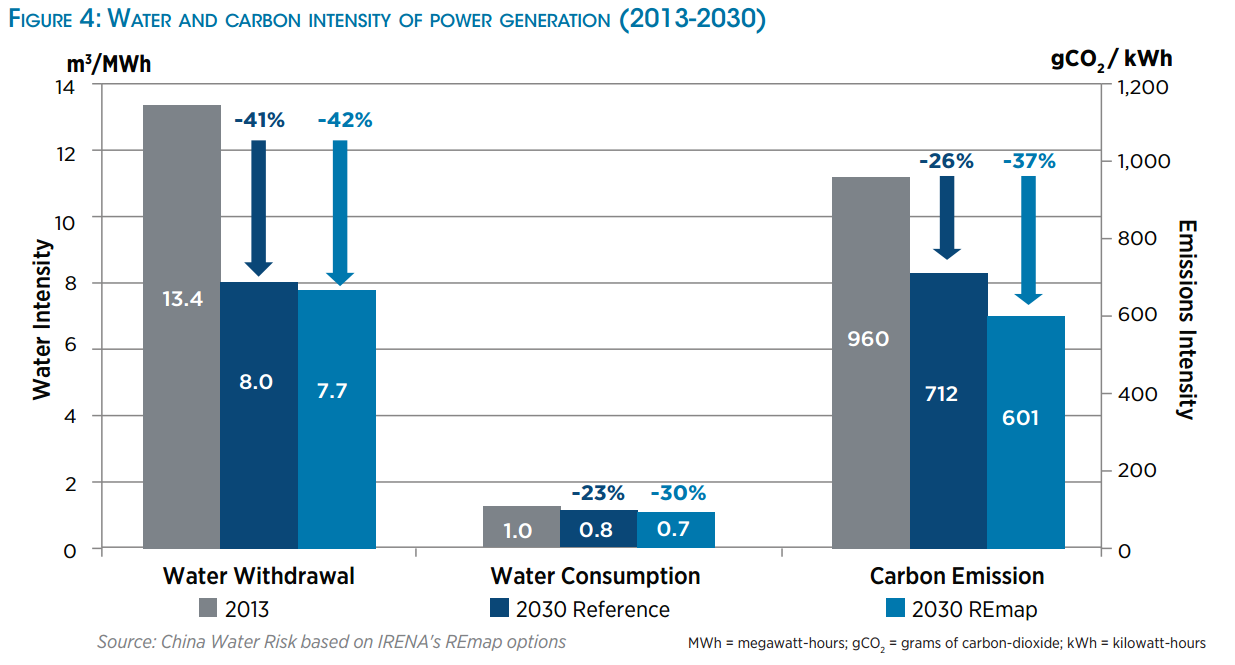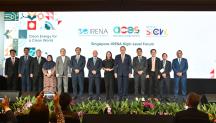

China's Water Crisis: Renewables Offer Water Stress Solution
Newsletter
Water in China is a big issue.
According to the United Nations, China is home to 21% of the world’s population but contains only 7% of global freshwater supplies. Faced with an imminent water supply challenge, China introduced province-level water use quotas China for 2015, 2020 and 2030, targeting improvements in water use efficiency across sectors, and rightly so.
The country’s water tables have dropped roughly one meter per year in the north where nearly half of the people live. The north is also home to more than half of national thermal power generation, four-fifths of coal production and reserves, and nearly half of China’s sown cropland, creating competition for limited water resources.
Rapidly expanding thermal power generation is increasingly placing strains on water resources, with the power sector already accounting for 12% of total water withdrawals. With domestic electricity demand expected to rise 65% by 2030, less water-intensive solutions are needed.
Enter renewable energy.
A new brief by IRENA and China Water Risk finds that scaling up renewable energy and introducing improved plant cooling technologies in China’s power sector can reduce water-intensity up to 42%.
“The global issues of water, energy and climate are completely interconnected. The only effective, immediately available solution to meet the rising demand for energy while limiting environmental impacts, is to scale up renewable energy. China has recognised this and must continue its leadership in the global energy transition.” IRENA Director-General Adnan Z. Amin.
The brief examines the expected impact of China’s power sector on water and climate in 2030. It finds renewable energy is crucial to not only decarbonise the sector, but also to realise dramatic water-related benefits for the country.
China has pledged to reduce carbon emissions by sourcing roughly 20% of primary energy consumption from non-fossil fuels by 2030. IRENA analysis finds that achieving a 26% share or renewables in primary energy supply is both technically and economically feasible. Doing so would not only reduce emissions-intensity of power generation by 37% but also reduce water-intensity by 42% thanks largely to the water saving potential of solar PV and wind.

During power-generation, solar PV requires far less water than thermal to produce the same amount of electricity. Wind power requires no water.
Renewable energy offers benefits well beyond just emission reductions. For China, scaling up renewables can not only meet climate goals, it can also help meet future energy demand sustainably while leaving more water for people and agriculture.
More on renewables, water and energy.




